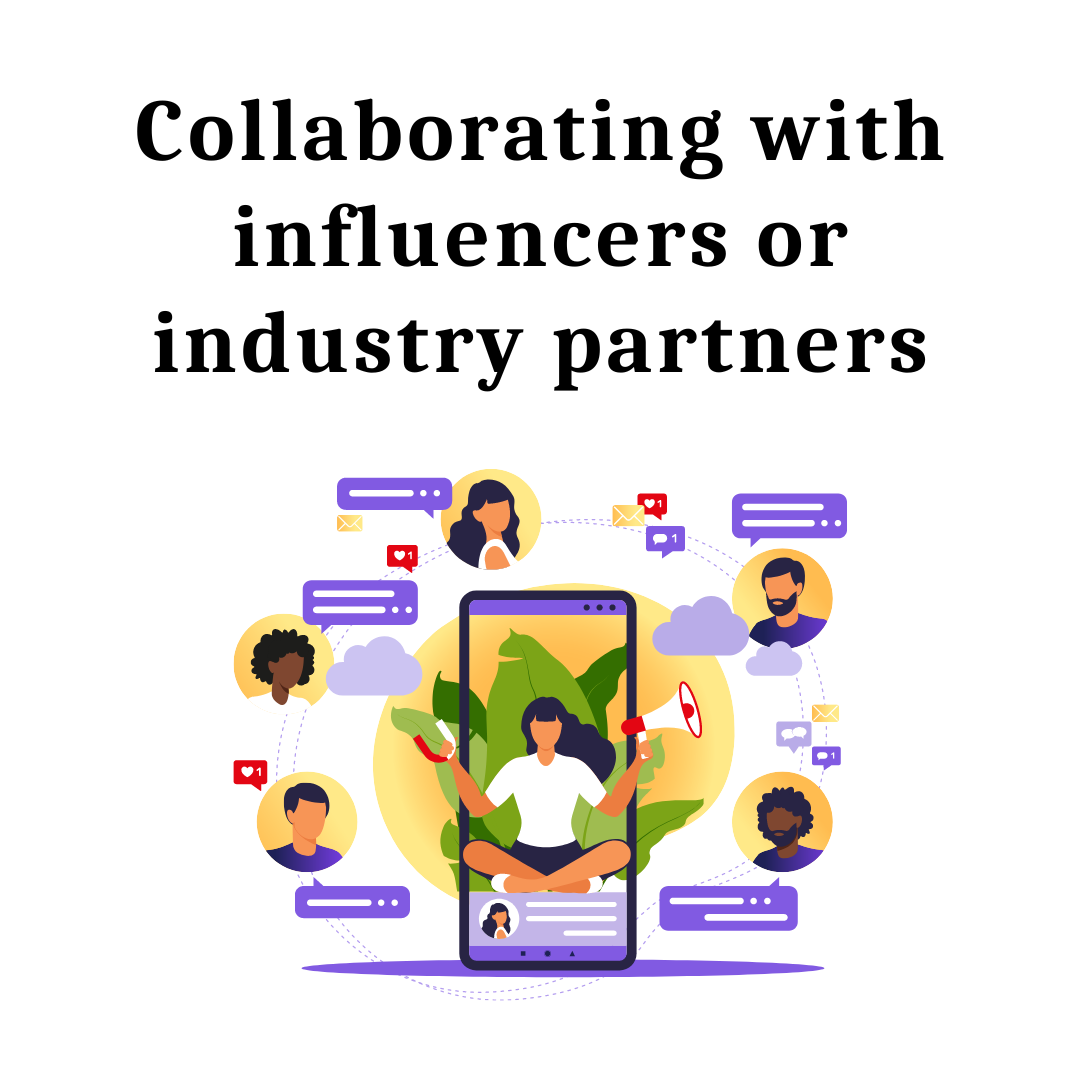Digital marketing uses various online platforms and channels to promote products, services, or brands. It allows businesses and organizations to reach and engage with their target audience through the internet. Educational institutions can use digital marketing to promote their programs, increase enrollment, and engage with students and other stakeholders. This article will discuss the top 10 digital marketing strategies for educational institutions.
How Does Digital Marketing Strategies Help Educational Institutions?
Digital marketing strategies can help educational institutions in some ways. For educational institutions, digital marketing can have the following advantages, among others:
1. Reach a wider audience: Digital marketing allows educational institutions to reach a wider audience locally and globally. This is particularly important for institutions that are looking to attract international students.
2. Target specific audiences: Digital marketing allows educational institutes to target specific audiences, such as prospective students, current students, or alums. This allows them to tailor their marketing efforts to the needs and interests of different groups.
3. Increase enrollment: By using digital marketing techniques like SEO, content marketing, and PPC advertising, educational institutes can improve their visibility and make it easier for students and parents to find information about their programs. This can lead to an increase in enrollment.
4. Engage with students: Digital marketing allows educational institutes to engage with students in real time through social media, email, and other online platforms. This can foster a sense of community and enhance the educational experience for students.
5. Track results: Digital marketing strategies allows educational institutes to track the results of their marketing efforts and see which strategies are most effective. This can help them optimize their marketing efforts and get the best return on investment.
6. Save time and resources: Digital marketing can be more cost-effective and efficient than traditional marketing methods. It allows educational institutes to reach a large audience with minimal effort and resources.
Overall, digital marketing can be a powerful tool for educational institutes looking to attract and retain students, build their brand, and increase enrollment.
Top 10 Digital Marketing Strategies For Educational Institutions
Developing a solid website:
A robust and well-designed website is essential for any educational institution. It should be easy to navigate and provide information about the institution’s programs, faculty, and resources. Some key features to include on the website are:
● Clear and concise information about the institution and its programs
● High-quality photos and videos that showcase the institution and its facilities
● A calendar of events and news updates
● A directory of faculty and staff, with bios and contact information
● Information about the admission process and financial aid options
● A frequently asked questions (FAQ) section
● Contact information, including the institution’s address, phone number, and email
Using social media:
Social media can be a powerful tool for educational institutions looking to promote their programs, engage with students, and build their brands. Some strategies for using social media include:
● Identify the most relevant social media platforms for your target audience. For example, if you target a younger audience, platforms like Instagram and TikTok may be more effective.
● Post regular updates about the institution and its programs, including news, events, and other updates.
● Share content that is informative, engaging, and relevant to your audience. This can include blog posts, videos, infographics, or other types of content.
● Engage with your fans by reacting to and soliciting their input on their comments and messages.
● Use social media advertising to reach a wider audience and target specific demographics.
Investing in SEO:
The practice of optimizing a website to rank higher on search engines like Google is known as search engine optimization (SEO). This can make it easier for students and parents to find information about the institution and its programs. Some strategies for improving the SEO of an educational institution’s website include:
● Perform keyword research to identify the terms and phrases people search for while looking for information about your university or programmes.
● Use these keywords throughout the website, including page titles, headings, and body text.
● Use alt tags to describe images on the website, as search engines cannot read images.
● Use header tags (H1, H2, etc.) to structure the content on the website and make it easier for search engines to understand the topic of each page.
● Make sure the website loads quickly and is mobile-friendly, as search engines favour websites that are fast and easy to use on mobile devices.
● Include internal and external links on the website, as this helps search engines understand the relevance and authority of the website.
● Create high-quality and unique content that provides value to the user. This can improve the ranking of the website and attract more visitors.
Using email marketing:
Email marketing allows educational institutions to send targeted messages to their audience,
whether current students, alums, or prospective students. Some strategies for using email marketing include:
● Building a list of email addresses: This can be done through opt-ins on the institution’s website, sign-up forms at events, or other methods.
● Segmenting the list: By dividing the list into different groups based on their interests or needs, educational institutes can send more relevant and personalized emails.
● Creating email campaigns: Email campaigns should have a clear goal, such as promoting a program or event, and should include engaging subject lines, visually appealing design, and a clear call to action.
● Using A/B testing: A/B testing involves sending different versions of an email to small groups of recipients and comparing the results to see which version performs better. This can be used to optimize the subject lines, content, and call to action of the emails.
Creating engaging content:
Educational institutions can attract and engage a larger audience by creating valuable and informative content. This can be done through blog posts, videos, infographics, or other types of content. Some strategies for creating engaging content include:
● Identifying the needs and interests of your audience: This will help educational institutes create content that is relevant and useful to their audience.
● Using storytelling and visual elements: By using storytelling techniques and incorporating visuals like images, videos, and infographics, educational institutes can make their content more compelling and engaging.
● Promoting the content: After creating the content, it is essential to promote it through social media, email marketing, and other channels to reach a larger audience.
Running paid advertising campaigns:
Paid advertising campaigns, such as Pay-Per-Click (PPC) advertising, allow educational institutions to reach specific target audiences by placing ads on search engine results pages or other websites. Some strategies for running successful paid advertising campaigns include:
● Identifying the most relevant platforms and keywords: Educational institutes should research the platforms and keywords that are the most effective at reaching their intended audience.
● Creating compelling ad copy and visuals: The ad copy should be clear and concise, and the visuals should be eye-catching and relevant to the ad.
Collaborating with influencers or industry partners:
Partnering with influencers in the education industry or collaborating with other industry partners can help increase the institution’s visibility and programs. Some strategies for collaborating with influencers or partners include:
● Identifying relevant influencers or partners: Educational institutes should research influencers or partners relevant to their target audience and have a large following or network.
● Establishing mutually beneficial goals and objectives: It is essential to define the goals and objectives of the collaboration and ensure that both parties stand to benefit.
Hosting webinars or online events:
Virtual events, such as webinars or online workshops, can effectively connect educational institutes with students and promote their programs. Some strategies for hosting successful virtual events include:
● Promotion and enrollment drives at educational institutions can benefit from email marketing, social media, and other platforms.
● Providing valuable and relevant content: The event’s content should be informative and helpful to the audience.
Optimizing for mobile:
With the increasing use of smartphones, educational institutes need to have a responsive website and use mobile marketing techniques like SMS and push notifications to communicate with students.
Boost Your Digital Marketing with ITinfo Digital:
IT info Digital is a digital marketing agency that specializes in helping educational institutes improve their online presence and reach. Some benefits of working with info Digital include access to a team of experienced professionals, the ability to customize a digital marketing strategies tailored to the institution’s needs, and access to advanced technologies and tools to improve the effectiveness of the marketing efforts. By working with a digital marketing agency like ITinfo Digital, educational institutes can get the most out of their digital marketing efforts and achieve enrollment and engagement goals.
Conclusion
In conclusion, digital marketing is an effective way for educational institutes to promote their programs, increase enrollment, and engage with students and other stakeholders. Some of the top digital marketing strategies for educational institutions include developing a solid website, using social media, investing in SEO, using email marketing, creating engaging content, running paid advertising campaigns, collaborating with influencers or industry partners, hosting webinars or online events, optimizing for mobile, and working with a digital marketing agency. By implementing these strategies, educational institutes can reach a wider audience, build their brand, and improve the student experience.











